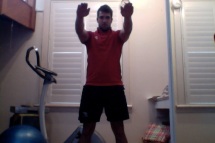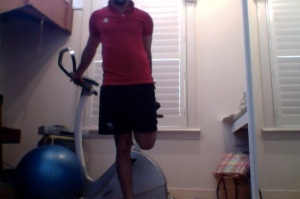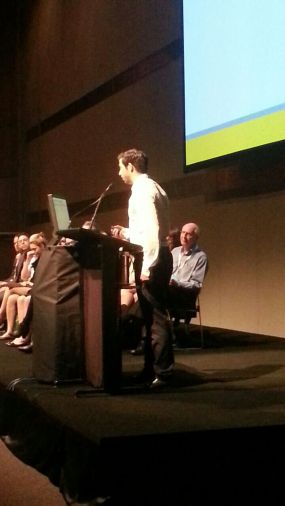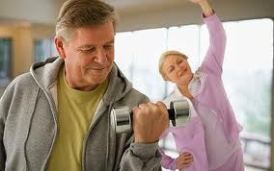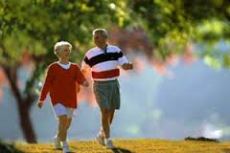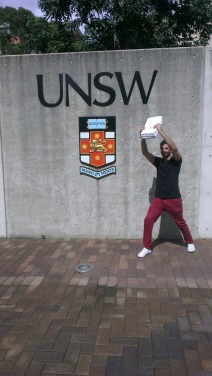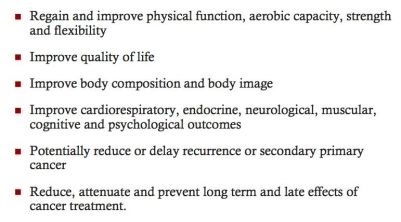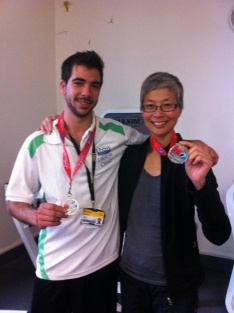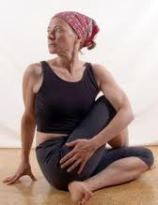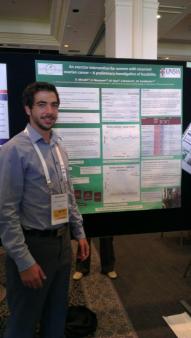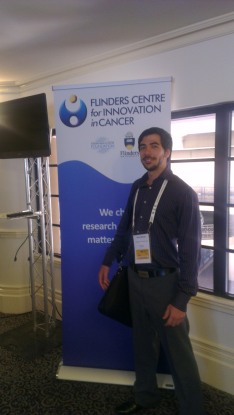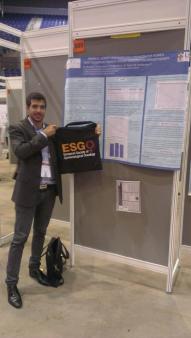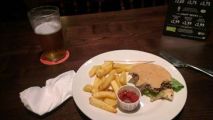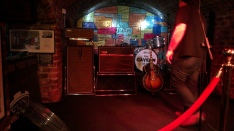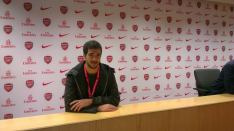Usually when you talk about cancer, or hear about somebody being diagnosed with cancer, we are instantly jumping to negative thoughts. However, we often miss the rest of the cup, the cup that can be half full if we wish it to be – the cup can even be three quarters full if we wanted it to be!
Today I will speak of my encounter with Helene O’Neill. Helene is definitely a glass is three-quarters full kind of woman. A few weeks ago I presented my research at the Australia and New Zealand Gynaecological Oncology Group (ANZGOG) annual scientific meeting in Canberra, Australia – a meeting for the latest in women’s cancer research. It was a great day with some amazing oncologists presenting their research, interesting debates but also an initiative to have volunteers who assist with patient support groups enlighten us of their experiences. This is powerful because at the end of the day, I, along with others have passion for the health industry to help each individual person.

Now Helene, a Uterine cancer survivor, did not sound like anything could get her down, and would rather take life by the horns. She spoke with such confidence and pride. She had strength that needed to be witnessed, as she is an inspiration for cancer survivors around the country, and this is evident with her passion for exercise and the community work she does with ANZGOG. I needed to find out more from her and her story, to share it, and assist in inspiring and motivating others so I asked her a few more questions….
Helene was diagnosed in 2007 around the same time her hometown of Newcastle flooded, which included her house. Her mother-in-law also passed away around the same time so it was a particularly sensitive period to say the least. Her oncologist, Dr Geoff Otton removed a grapefruit-sized tumour from her, performed a hysterectomy and removed lymph nodes, but she did not require radiation therapy.

(above – The 2007 Newcastle floods were not going to hold Helene back)
I asked Helene how she felt physically and emotionally right after her treatment. She said “I was extremely tired in the early part and did suffer a loss of confidence with things like exercise”, which is completely understandable, right? “My bike is my friend and I remember the first time I went for a ride after the operation – a trip that normally takes 10 mins took me 30 mins – I was paranoid !! My quality of life was affected as the fear of lymphedema scared me but I attended a clinic and learnt a lot about the condition so I could get on with life.”
So the tasks usually simple to Helene were suddenly much more of a challenge, and that is where it is important to take the necessary steps to regain your fitness, be inspired and get back your lease on life. Helene was always healthy and physically active and her cancer diagnosis was not going to stop her. At first she feared she may have to stop exercising, but put that behind her as being active made her feel healthy and happy.

(above – Helene getting back on the bike)
The self-proclaimed “super-competitive” former gym instructor is keen to try any form of exercise. Happy to avoid gyms, Helene likes to run, row, ride bikes and swim. She also enjoys sports – tennis, badminton and coaching soccer! Now, I thought I was super-sporty, but she is giving me a run for my money!!
I asked what a typical week of exercise looked like for her just to put into perspective:
Weekdays:
* Most mornings – mixture of running, riding, rowing and swimming – 1 hour
* Cycle to work (and also on the job) – about 1 hour
* Afternoon/evening walk – 45 mins
* Sport: Tennis on Mondays (1 hour), Soccer on Tuesdays (1.5 hrs) and Badminton on Fridays (2 hrs)
Weekends:
* Variety of surfing, bush walking and paddle skiing

(above – for those who don’t know paddle skiing, it is a water sport requiring a great amount of core abdominal strength, and is also very fun!)
I’ve spent much time talking in previous posts of the benefits of exercise in scientific research, but what also matters is how each individual feels. So how does being active make Helene feel? “I love the adrenalin rush. I also know that exercise is one aspect of my life that I am in control of. I like to exercise on my own so I can vary the activity, the pace and the duration and use the time to get to know myself better.” She is in the minority of people who requires little encouragement to exercise, so she definitely doesn’t need me running around telling her she is doing a great job, considering she has been a representative sports athlete since she was 5 years old. Even sometimes her husband tells her to slow down, as she “refuses to let age and health get in her way“. Amazing!
However, it is not without its challenges, the risk of lymphedema and infection remain a possibility, but she is willing to meet those challenges head on.

Now as an ambassador for ANZGOG and to patients in rural areas, I asked Helene if she could provide a few words of inspiration to survivors who may be newly diagnosed or struggle for motivation. I often think these words are way more powerful from somebody who has had these experiences and bounced back, rather than a health professional like myself, who cannot speak of cancer first-hand – and this is what she said:
“Support comes in many forms but the one person I can rely on is myself. I encourage patients to steer away from the excuses, listen to their body and view exercise as one of the means to get well. There’s the adage ‘that cancer isn’t a sentence’. Basically it’s an opportunity to discover a ‘new’ you. Whilst everyone has a different cancer trip, it’s better to live in the present and enjoy every day to the max. I love to share my story – not the cancer journey – but the day-to-day highlights that I enjoy. Sure you reflect on the past but that’s not going to change – live in the peace of the moment. On your bike !!!”
I really hope you have found Helene’s story inspirational, as I have. Pass this story to somebody who you care about, a friend or a family member who can benefit from the support. Share on Facebook or Twitter to keep growing a community. Follow this blog for more posts, provide any comments or questions, join an e-mail list and like me on Twitter. Any questions, feel free to get in touch as well by e-mail.
Your Exercise Physiologist
David Mizrahi
E-mail: d.mizrahi@unsw.edu.au
Twitter: @Davemiz_EP









